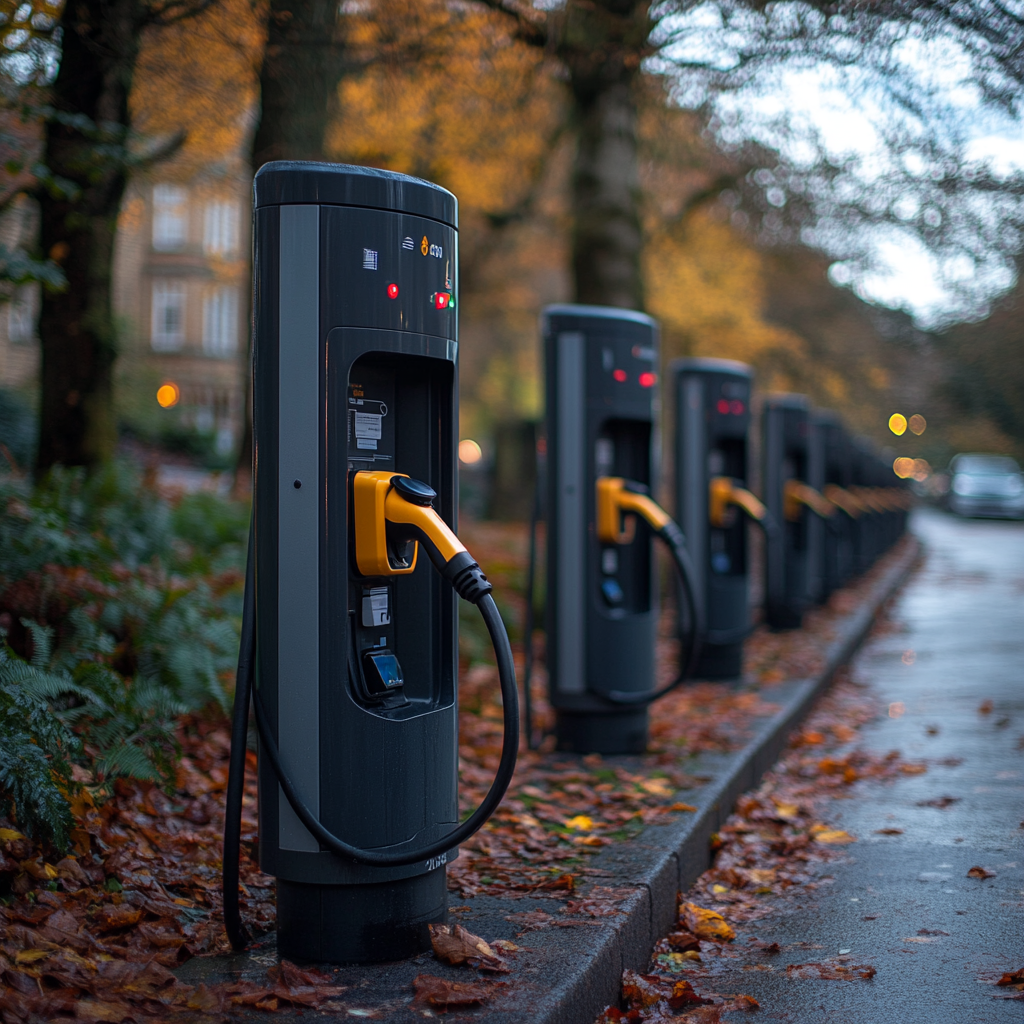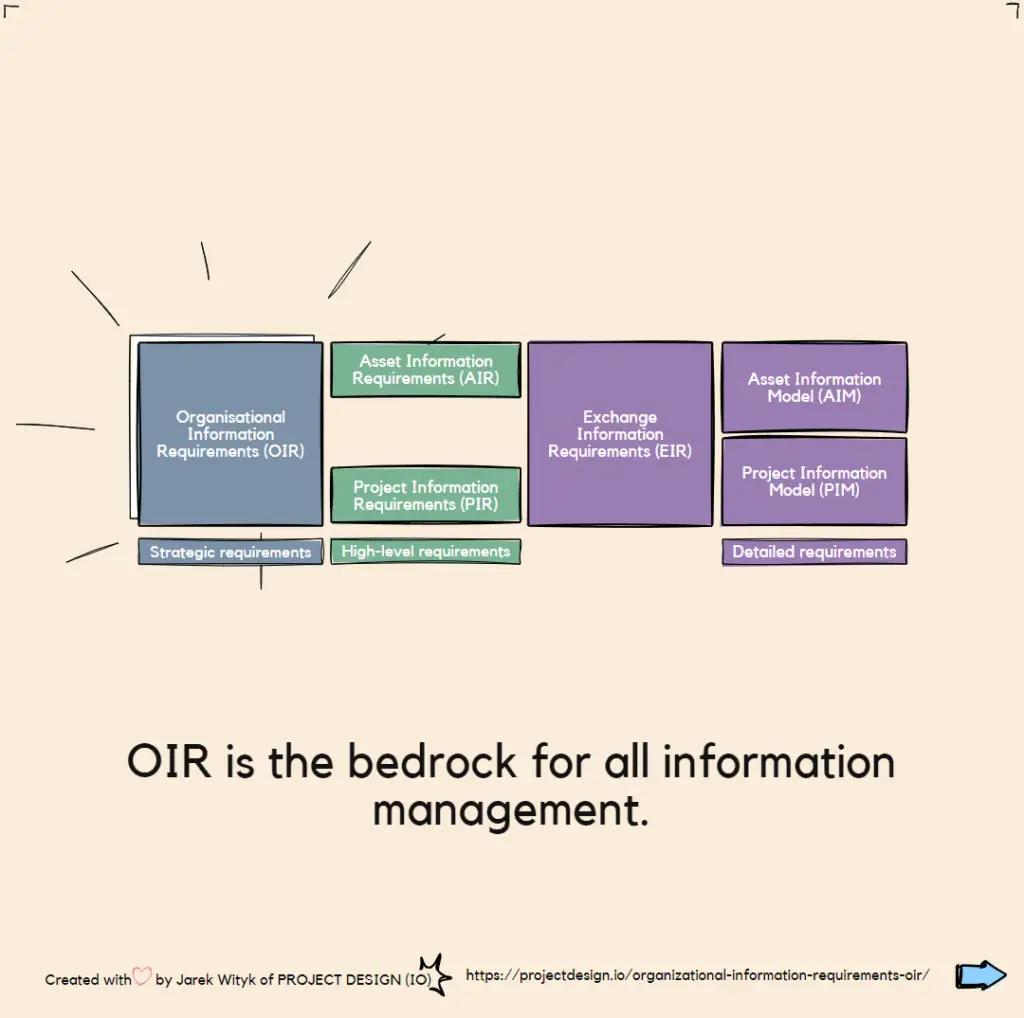jet reaction
Revit Guides
Data Management
nozzle reaction
BS 4422 2005
force acting in the opposite direction to the water stream leaving the nozzle
“Jet reaction,” also known as “nozzle reaction,” is a fundamental concept in fluid dynamics and is particularly important in the context of firefighting equipment. It refers to the force that acts in the opposite direction to the water stream, leaving the nozzle. This concept is based on Newton’s third law of motion, which states that for every action, there is an equal and opposite reaction.
In Sprinkler Systems:
- Design and Functioning: In building sprinkler systems, understanding the jet reaction is vital for effective fire suppression. The design of sprinkler heads must account for the force exerted by water to ensure a balanced distribution without causing structural stress to the system.
- Effective Water Dispersal: The jet reaction influences the spray pattern and coverage area of sprinklers, dictating how water is distributed during a fire. Engineers must calculate this force to design systems that are both efficient and safe.
- Maintenance and Safety: Regular maintenance of sprinkler systems includes checks to ensure that the jet reaction remains within safe limits, preventing potential malfunctions or damages during operation.
In Handheld Firefighting Equipment:
- Impact on Firefighter’s Positioning and Handling: For firefighters, managing the nozzle reaction is crucial. This includes understanding how to position themselves and hold the hose to counteract the backward force.
- Design Considerations for Nozzles: Manufacturers of firefighting hoses and nozzles consider the jet reaction to optimize water delivery while ensuring it’s manageable for the user.
- Safety Implications: Proper training in handling nozzle reaction is essential for the safety and effectiveness of firefighting efforts.
Calculation of Nozzle Reaction: The force can be calculated using the formula: Nozzle Reaction (NR)=1.57×D2×NP, where D is the diameter of the hose or sprinkler head in inches, and NP is the nozzle pressure in psi. This calculation is crucial for both firefighting hoses and building sprinkler systems, ensuring that the equipment functions as intended in emergency situations.
By understanding jet reaction in both firefighting and sprinkler systems, safety engineers and firefighters can enhance fire safety measures, ensuring that equipment and systems are both effective and safe in emergency scenarios.
security
state of relative freedom from threat (3.13) or harm caused by deliberate, unwanted,

Electric Vehicle Charging Points
Active charging points are fully wired and connected, ready-to-use charging points.
A passive charging point, on the other hand, is the infrastructure without the final charging unit installed.

Organizational Information Requirements (OIR)
ELI5-S1: BIM Basics E7: OIR explained information requirements in relation

